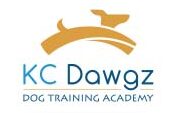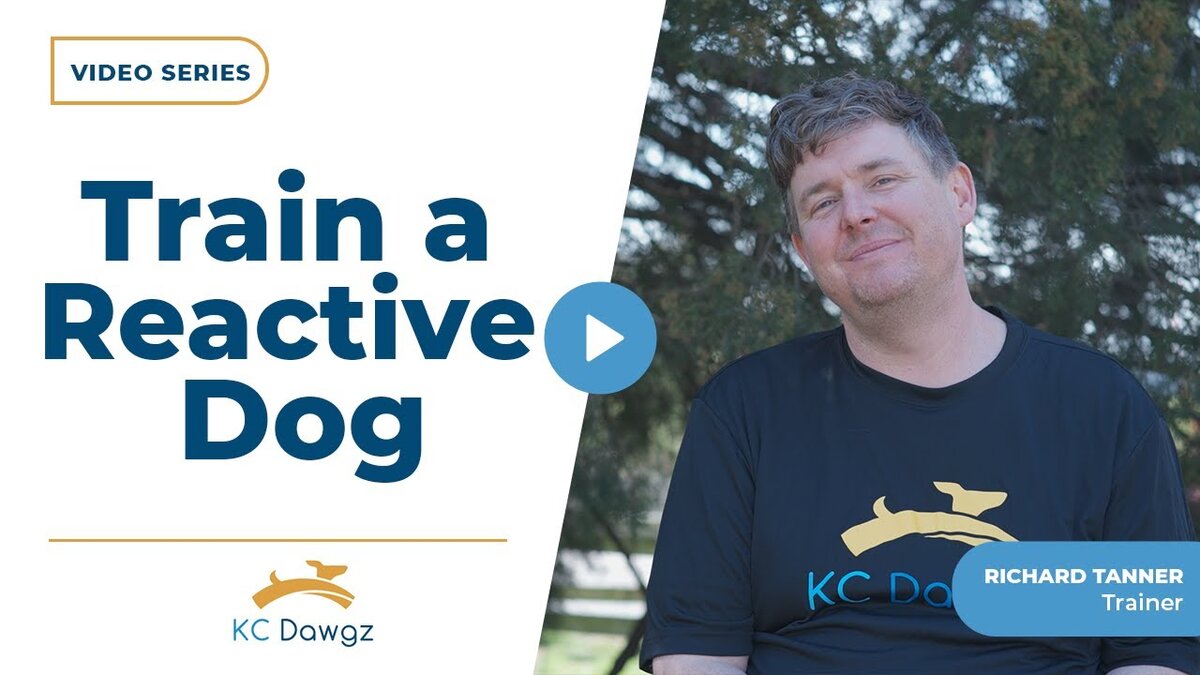Puppy training treats are an essential tool in teaching your furry friend the ropes of good behavior. However, there’s a fine balance to strike when it comes to their use. In this comprehensive guide, we’ll explore the best practices for using training treats effectively and how to maintain a harmonious relationship with your pup throughout the process.
The Best Training Treats for Your Dog
Before exploring the proper use of puppy training treats, let’s briefly touch on the importance of choosing the right treats for your dog. Your pup’s training treats should be enticing, easy to handle, and appropriately sized.
Remember, treats are meant to motivate and reward your dog, so they need to be something your pup genuinely loves. However, instead of relying solely on treats, consider incorporating a unique approach.
Using Their Daily Portion of Kibble Instead
A tip that many seasoned dog trainers swear by is using your puppy’s daily portion of kibble as rewards during training sessions. This approach not only ensures your pup stays engaged but also promotes a healthier balance in their diet. When your puppy learns to work for their food, it strengthens the bond between you and reinforces the idea that they should always pay attention to you.
Getting Started with Puppy Training
Introducing training to puppies is a crucial step in helping them develop into well-adjusted and well-behaved adult dogs. It’s essential to start early, focusing on the basics and employing positive reinforcement techniques. Here’s how to get started:
Start Early
Begin training your puppy as soon as you bring them home. Early training helps your pup understand what’s expected of them from the get-go. Puppies are like sponges, absorbing information rapidly, so take advantage of this critical developmental period.
Focus on the Basics
When starting training, focus on fundamental commands such as “sit,” “stay,” and “come.” These commands lay the foundation for more advanced training and ensure your puppy learns to respond to your cues.
Use Positive Reinforcement
Positive reinforcement is the key to successful training. Reward your puppy with treats, praise, and affection when they exhibit the desired behavior. This positive feedback encourages them to repeat the behavior in the future.
Keep It Short and Fun
Puppies have short attention spans, so keep training sessions brief, lasting about five to ten minutes. Make training enjoyable by incorporating play and interactive elements to keep your pup engaged and excited.
Managing Your Puppy
Teaching good behaviors in puppies requires a combination of management, proactive training, and supervision. Here are some essential tips for managing your pup’s behavior effectively:
Always Supervise
Puppies are naturally curious and can get into mischief when left unsupervised. Keep a close eye on your pup, especially when they are exploring new areas or interacting with new people or pets.
Use Baby Gates
Baby gates are a useful tool for puppy management. They allow you to section off areas of your home, keeping your pup away from potentially hazardous or off-limits areas. This ensures their safety while providing them with a designated space to learn and play.
Employ a Drag Leash
A drag leash is a short leash that attaches to your puppy’s collar or harness, allowing you to gently guide them when they need direction. It’s especially helpful for preventing unwanted behaviors like jumping or excessive chewing.
Conclusion
In conclusion, the proper use of puppy training treats is a crucial aspect of raising a well-behaved and happy dog. While treats can be effective motivators, it’s important to remember that they are just one tool in your training arsenal. Instead of relying solely on treats, consider incorporating your puppy’s daily portion of kibble as rewards. Start training early, focus on the basics, use positive reinforcement, and keep training sessions short and fun.
Remember that managing your puppy’s environment is just as important as training. Always supervise your puppy, use baby gates to control access to certain areas, and employ a drag leash for guidance when needed. By following these guidelines, you’ll set your puppy up for success and build a strong bond based on trust and positive interactions.
If you have any questions or need further guidance on puppy training, feel free to contact us. We’re here to help you and your furry companion on your journey to a harmonious and well-behaved life together.






